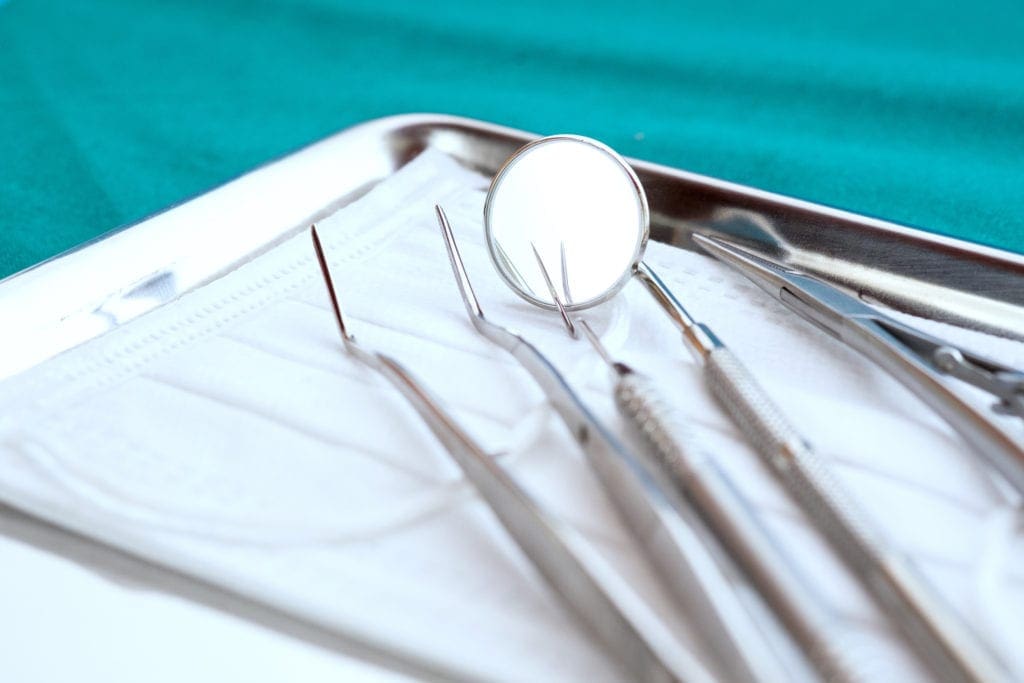Your dental office profit and loss should be “hyper categorized” to quickly identify and benchmark expenses and determine if they are in line with your expectations for overhead. Let’s assume that “dental supplies” are 6% of revenue on the profit/loss, for example. However, with further scrutiny, this category should not include repairs, office supplies, e-services, small equipment, etc. that could easily be purchased from the same distributor (Henry Schein for example) and lumped into “supplies”. Managing this properly, one percentage point at a time is how smart independent dental owners achieve efficient overhead.

There is another reason to make sure every expense is highly detailed. As you prepare to transition your practice, this detail becomes very important. Every dentist will transition: sell to another independent dentist, sell to a DSO, close the doors, join a group, etc. In preparation for any of these scenarios, you will likely obtain a practice valuation. This valuation can vary greatly in its conclusion and appearance from broker to broker, CPA to CPA. All of them, however, will begin with an “adjustment profit and loss”.
When preparing for a valuation, the expenses in the practice profit and loss will be adjusted by the banker, broker, or accountant to reflect only those expenses necessary to run the daily business and not those expenses that are an “owner benefit”. In other words, it is perfectly acceptable for a business owner to have expenses they incur as an owner that is recognized as a tax deduction: auto expense, phone expense, certain insurance, retirement plans, etc. Many of these expenses are not pertinent to the daily operation, rather they are a benefit to the owner. If you remove the owner and replace them with another that does not elect these benefits, those expenses are “added back” to the net income and increase the value as a result.
Tax Returns will combine these categories by their nature which is why most banks will require the profit and loss for more detail. Most of the P&L that I’ve reviewed still don’t have enough detail:
Insurance: $8,600 rather than disability insurance: $2,400, workers comp insurance: $1,600, business overhead insurance: $800, health insurance for owner: $3,800.
In this example, the insurance for “health insurance owners” could be adjusted out with the assumption that a new owner would not be required to obtain this as an expense to run the daily business. If the detail is not provided, these add-backs are not recognized by the reviewer/preparer. If you don’t have a dynamite “chart of accounts” and your CPA is not paying attention to the devil in the details, check out a dental CPA as you prepare for your transition as it could make all the difference. You can contact Crossroads Tax Advisors to request a quote today.

